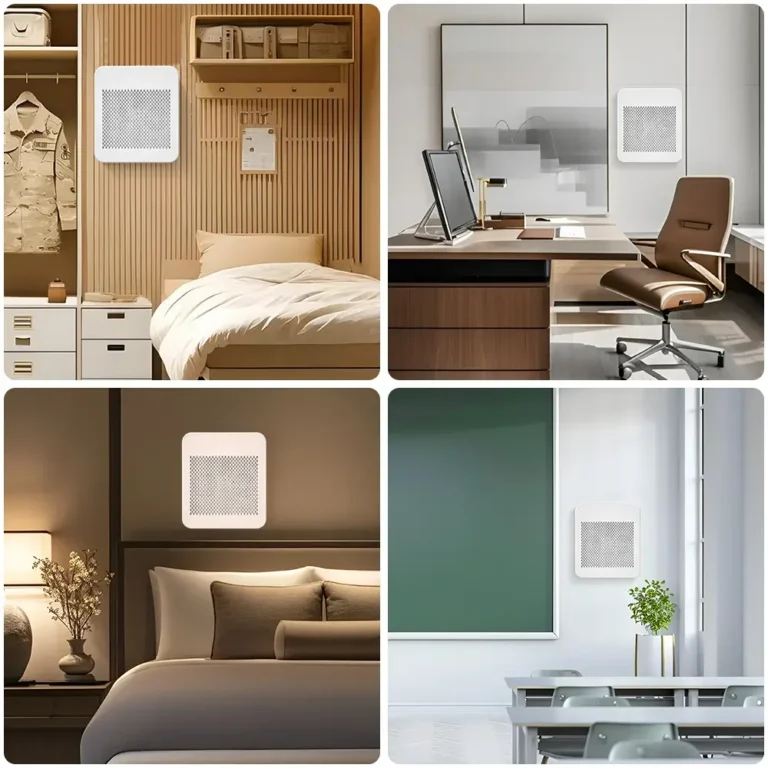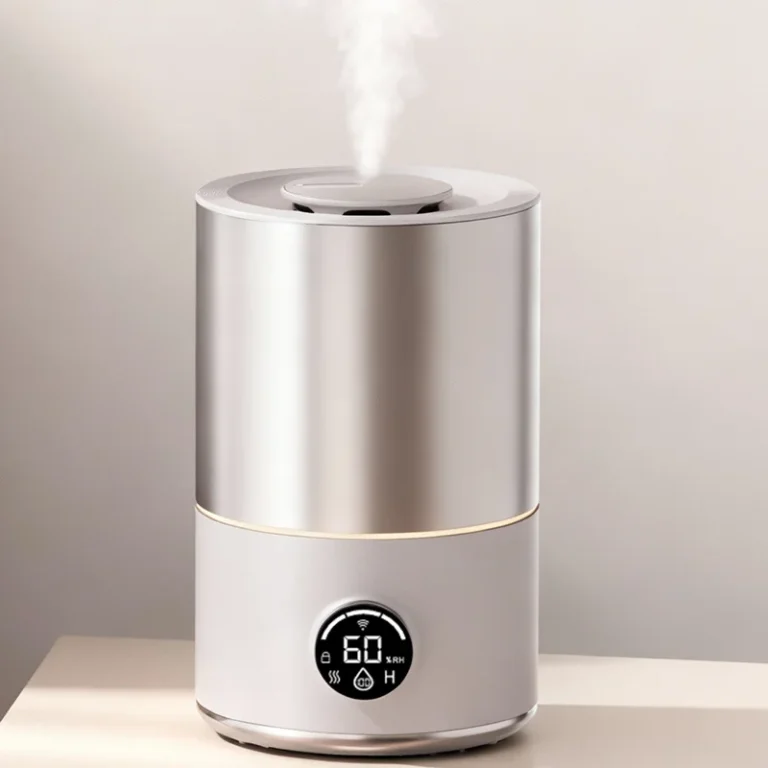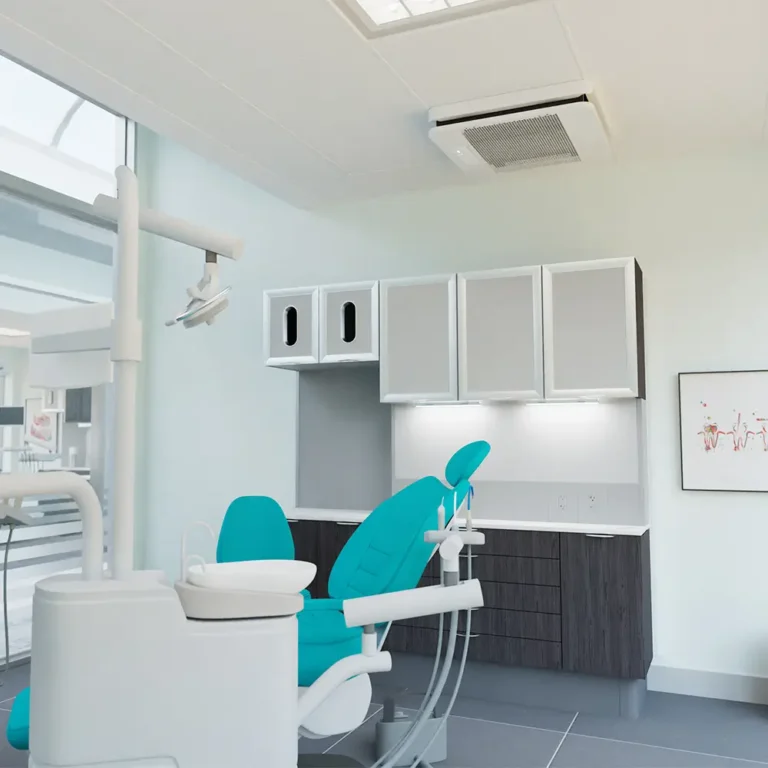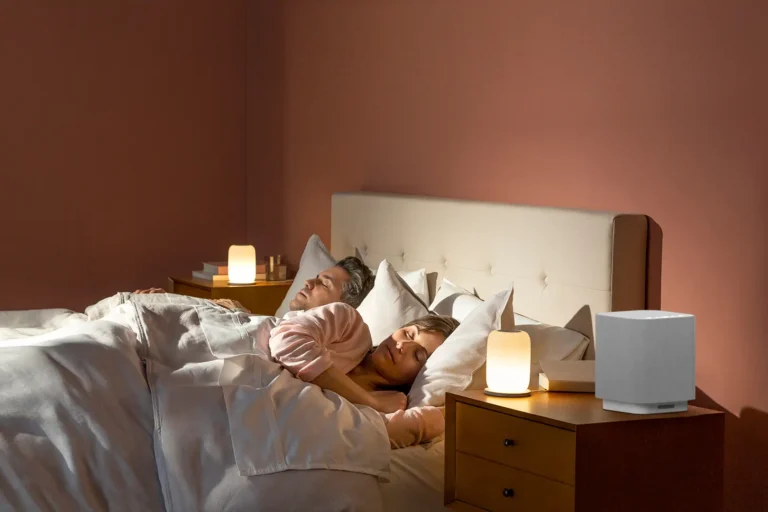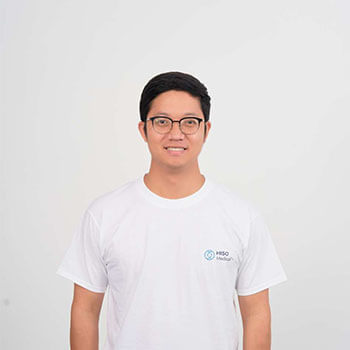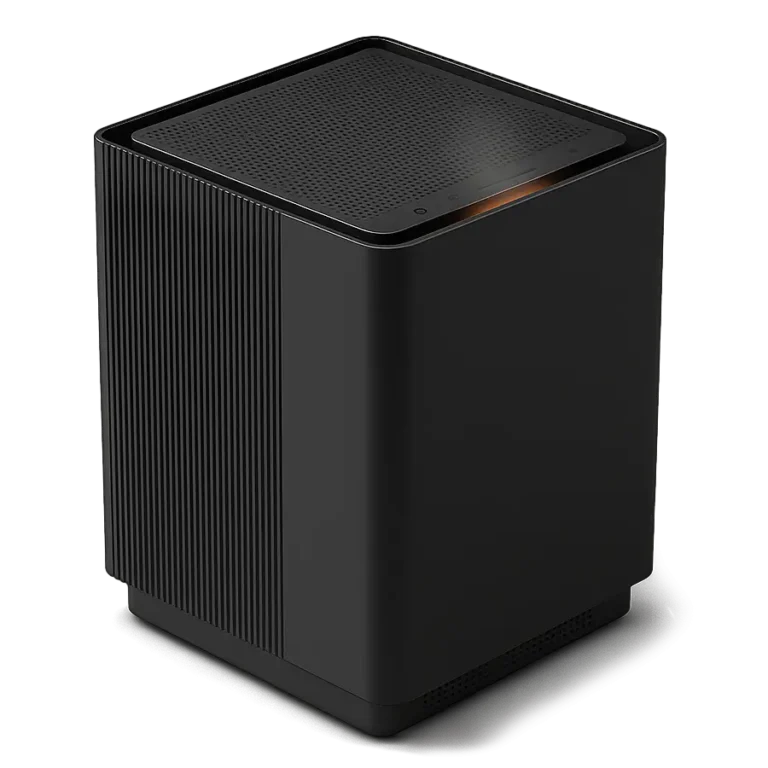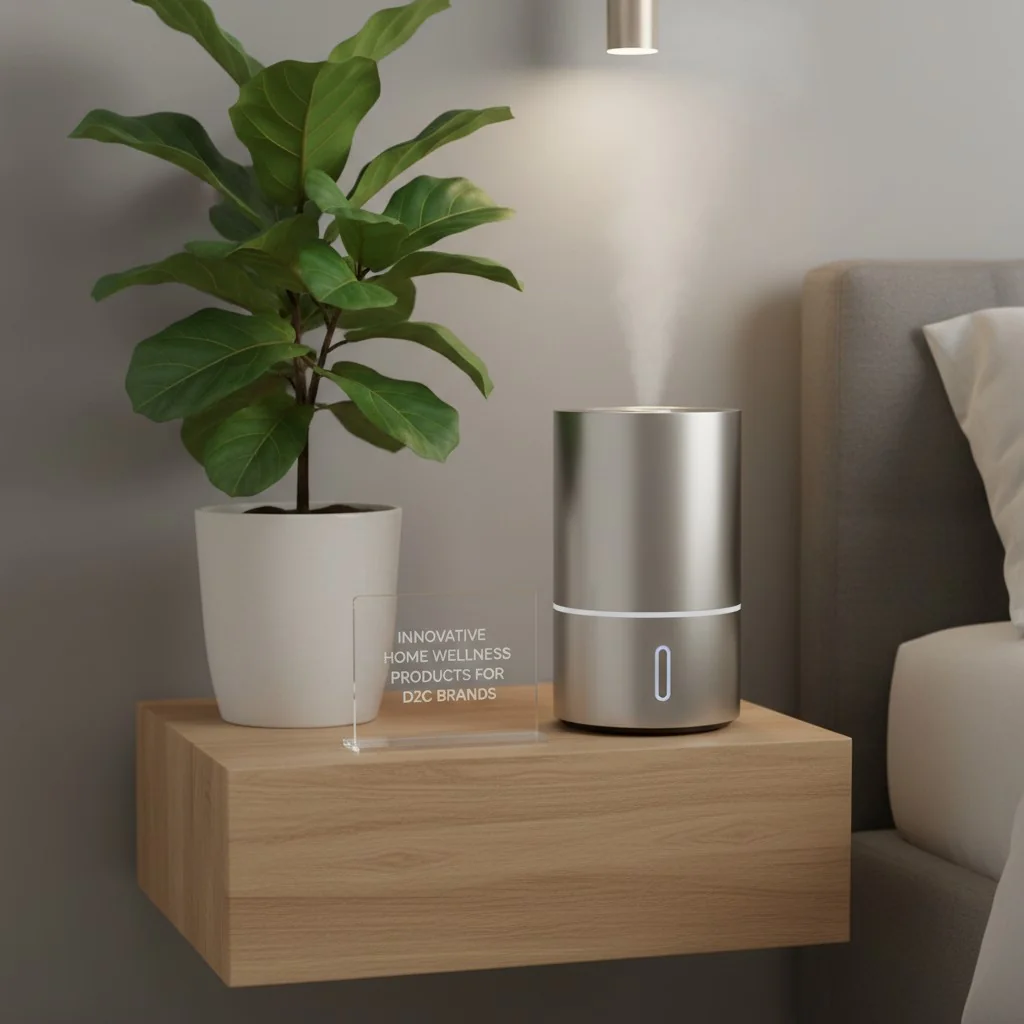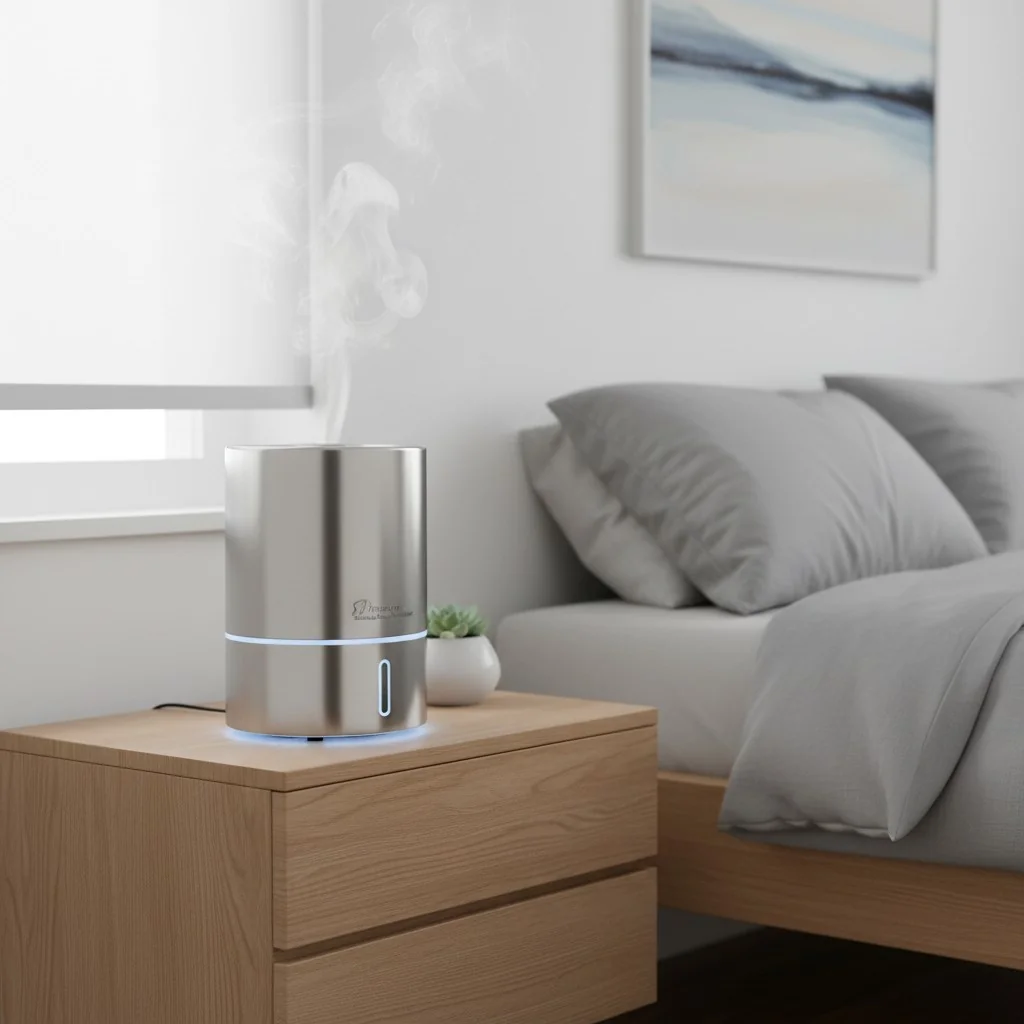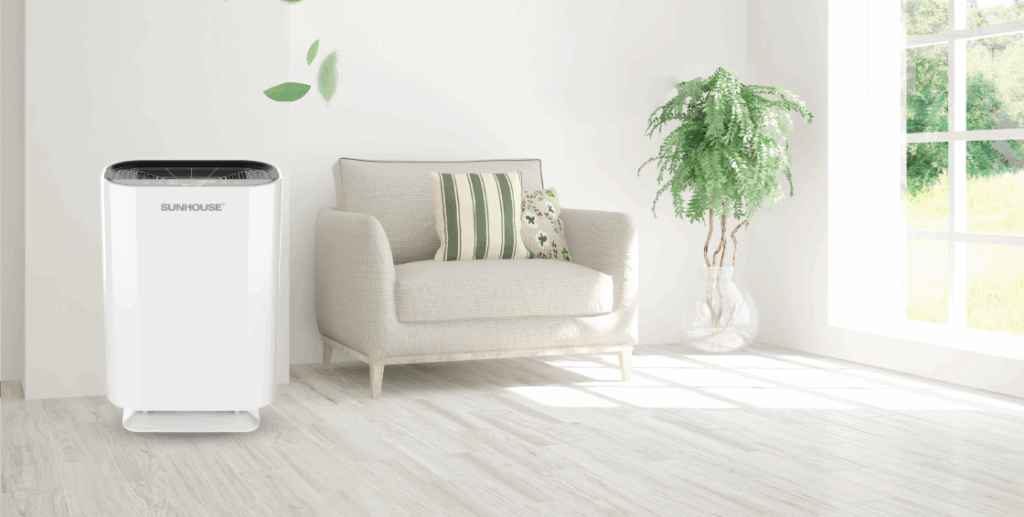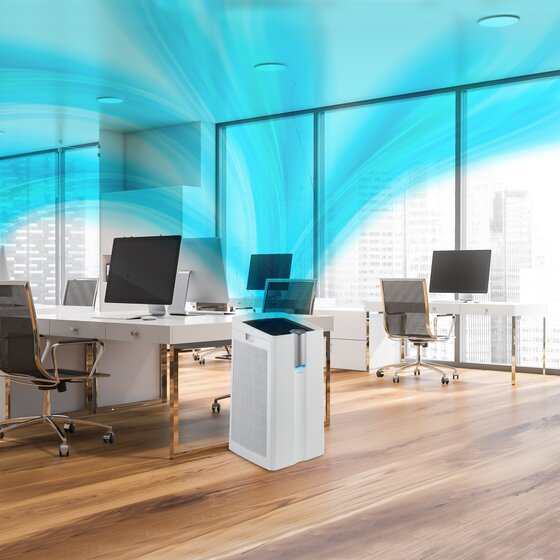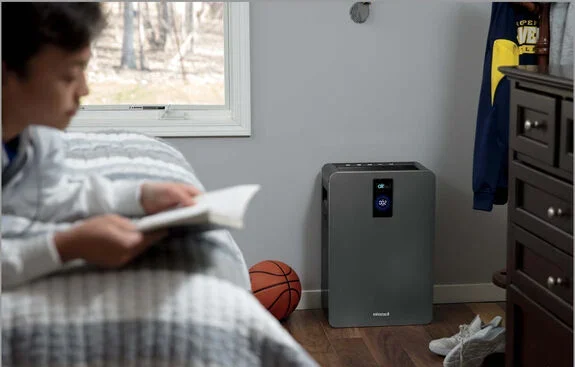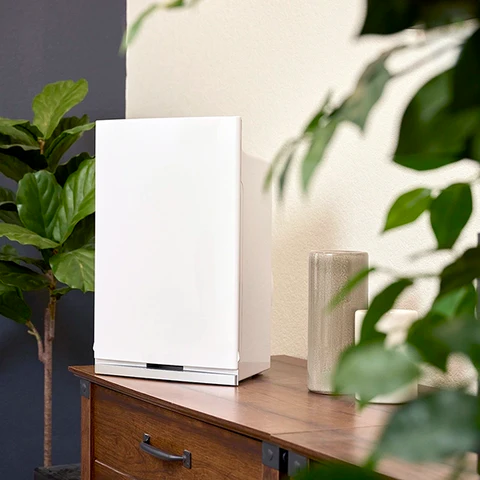In Japan a nation celebrated for its focus on health, wellness, and cutting-edge technology clean indoor air has become a top priority. Rising urban density, seasonal allergens, and a culture of preventive care have driven strong demand for advanced air treatment solutions. In this competitive and innovation-driven market, Japanese manufacturers lead the way. This article explores the top five brands Sharp, Daikin, Panasonic, Hitachi, and Mitsubishi Electric highlighting their technologies, strategies, and how they’re shaping the future of air purification and humidification.
The Market Landscape: A Competitive Arena
The Japanese air treatment market is characterized by its robust growth and intense competition, fueled by a health-conscious populace and the increasing density of urban living. This environment has spurred innovation, with manufacturers constantly striving to offer more effective, efficient, and user-friendly solutions. While numerous domestic and international brands vie for market share, a select few Japanese companies have established a dominant presence.
Sharp, Panasonic, and Daikin collectively command over 75% of the market share, forming a formidable trio that dictates trends and sets industry standards. Their long-standing reputations for quality and innovation have earned them immense consumer trust. However, the market is far from stagnant. Other key domestic players, such as Hitachi and Mitsubishi Electric, actively challenge this dominance, often carving out niches with specialized features or competitive pricing. Furthermore, the presence of international brands like Dyson adds another layer of competitive pressure, compelling Japanese manufacturers to continuously innovate and differentiate their offerings to maintain their leading positions.
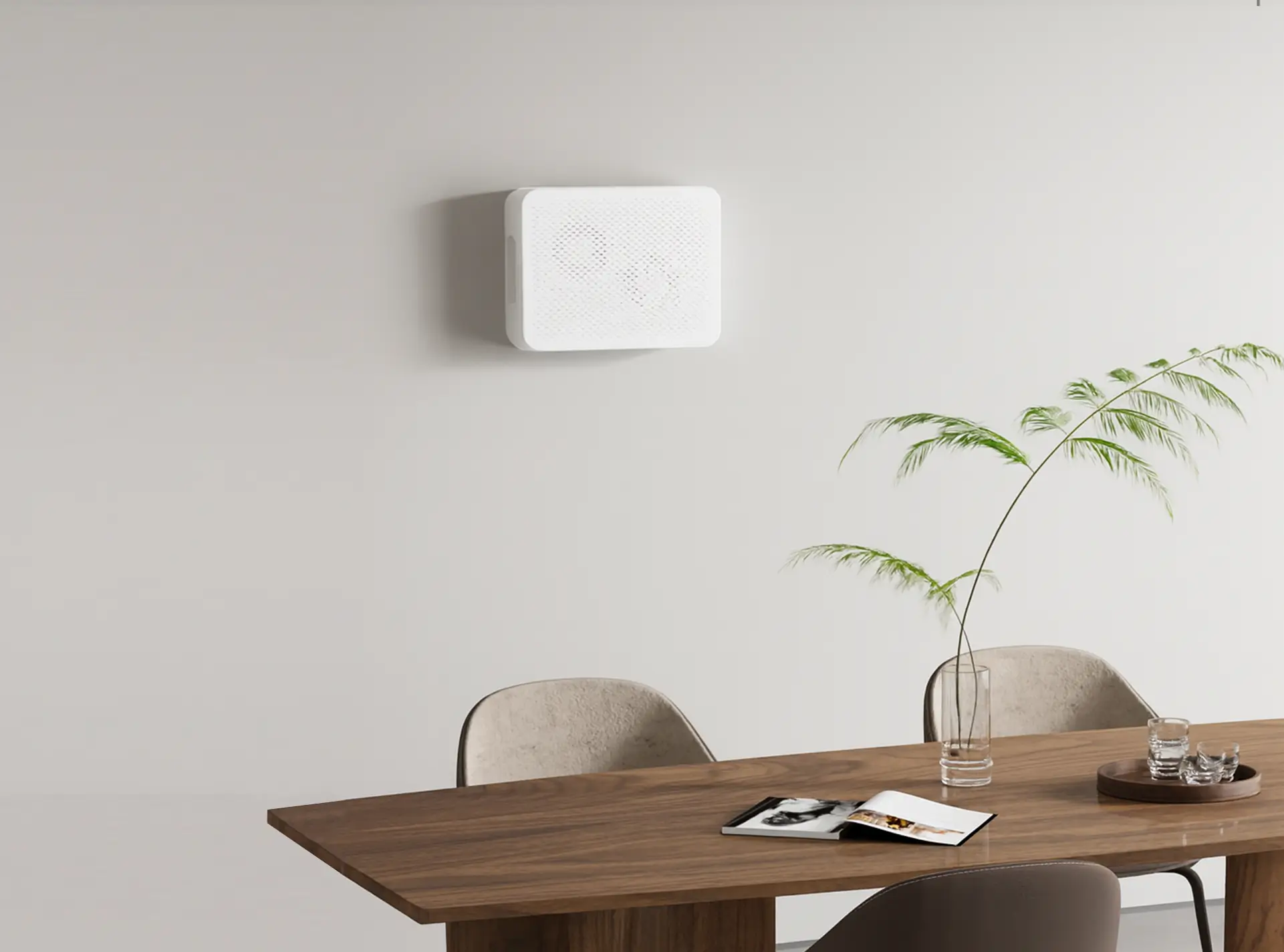
The Technology Battlefield: Active vs. Passive Purification
Every effective air purifier relies on passive filtration a multi-stage process involving a pre-filter, HEPA filter, and activated carbon filter to physically remove particles, allergens, and odors. However, leading Japanese manufacturers differentiate themselves with proprietary "active" purification technologies that neutralize pollutants at a molecular level.
Daikin's Streamer Technology uses high-speed electrons to internally decompose harmful substances like viruses, bacteria, and allergens, ensuring exceptionally clean air is released.
Sharp's Plasmacluster Technology releases positive and negative ions into the air. These ions form hydroxyl radicals that neutralize airborne contaminants by extracting hydrogen from their protein structures, then return to the air as water. This process also reduces static electricity.
Panasonic's nanoe™ X Technology generates hydroxyl radicals contained in nano-sized water particles. These radicals effectively inhibit viruses, bacteria, allergens, and odors, and can penetrate fabrics for comprehensive purification. Panasonic's focus on sustained release ensures widespread effectiveness.
These active technologies represent the cutting edge of air purification, offering advanced solutions that go beyond traditional filtration and highlight the innovative spirit of Japanese manufacturers.
The Top 5 Manufacturers: A Definitive Ranking
Rank 1: Sharp Corporation
Sharp is the undisputed market and popularity leader in Japan's air purifier and humidifier market, driven by immense consumer trust and its pioneering Plasmacluster technology. This technology, which releases positive and negative ions to neutralize airborne contaminants, has been rigorously tested and is synonymous with clean air. Sharp's product strategy focuses on comprehensive, high-performance combination units that integrate air purification and humidification, catering to holistic consumer needs with user-friendly designs.
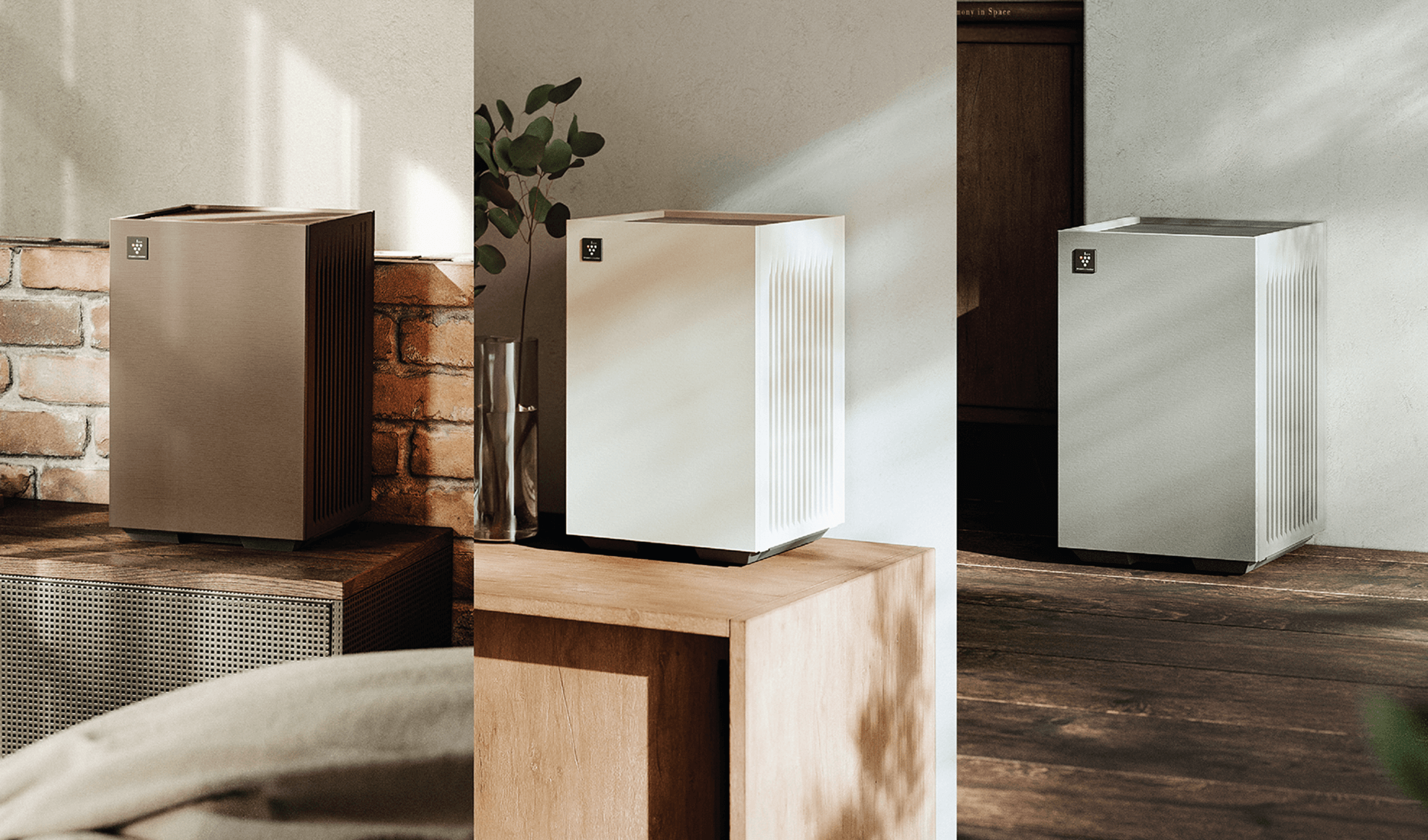
Rank 2: Daikin Industries, Ltd.
Daikin holds a strong second position, leveraging its global leadership in HVAC. Its core strength is the scientifically-backed Streamer technology, which internally decomposes harmful substances using powerful plasma discharge. Daikin's products also feature practical designs like three-directional suction for efficient air intake. Their strategy focuses on robust, high-performance units for both residential and commercial markets, combining air purification with humidification.
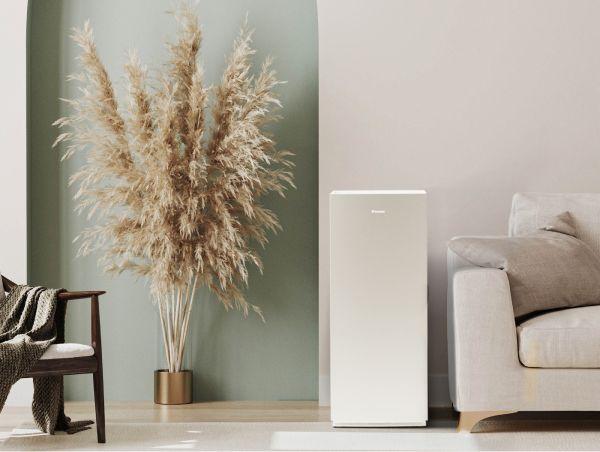
Rank 3: Panasonic Holdings Corporation
Panasonic is a top-tier competitor, benefiting from its ubiquitous brand presence. Its strength lies in sophisticated nanoe™ X technology, which uses hydroxyl radicals in water to inhibit pollutants, and a strong focus on minimalist, modern aesthetic design. Panasonic's strategy offers premium, design-conscious combination units that blend advanced performance with elegant aesthetics, appealing to consumers who value both function and style.
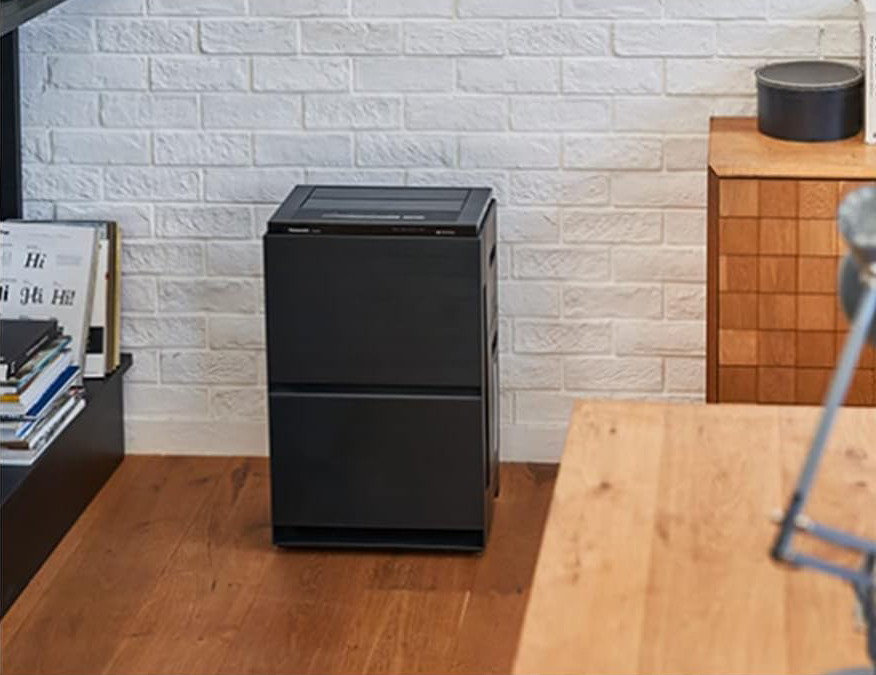
Rank 4: Hitachi, Ltd.
Hitachi holds a significant position in the mid-range and value segments. Its core strength is prioritizing affordability, compact design for smaller homes, and convenience features like automatic filter cleaning. Hitachi's strategy focuses on solid, fundamental performance without proprietary ion technology, appealing to budget-conscious consumers who prioritize reliability and ease of use.
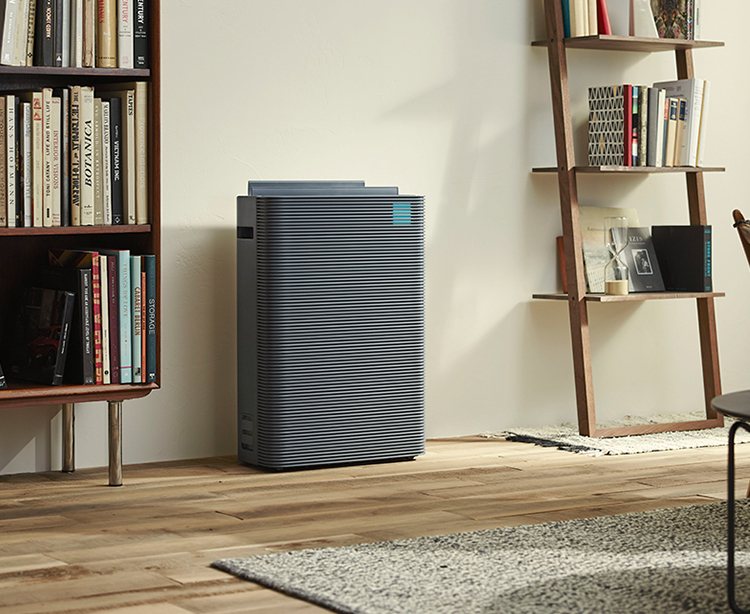
Rank 5: Mitsubishi Electric Corporation
Mitsubishi Electric is a notable competitor known for high-power performance and specialized niches. Its strength is high airflow (CADR) and multi-functionality, particularly in combination dehumidifier/purifiers. Mitsubishi Electric's strategy centers on robust, engineering-focused units that solve specific climate-related problems, appealing to users who prioritize raw performance and specialized features.
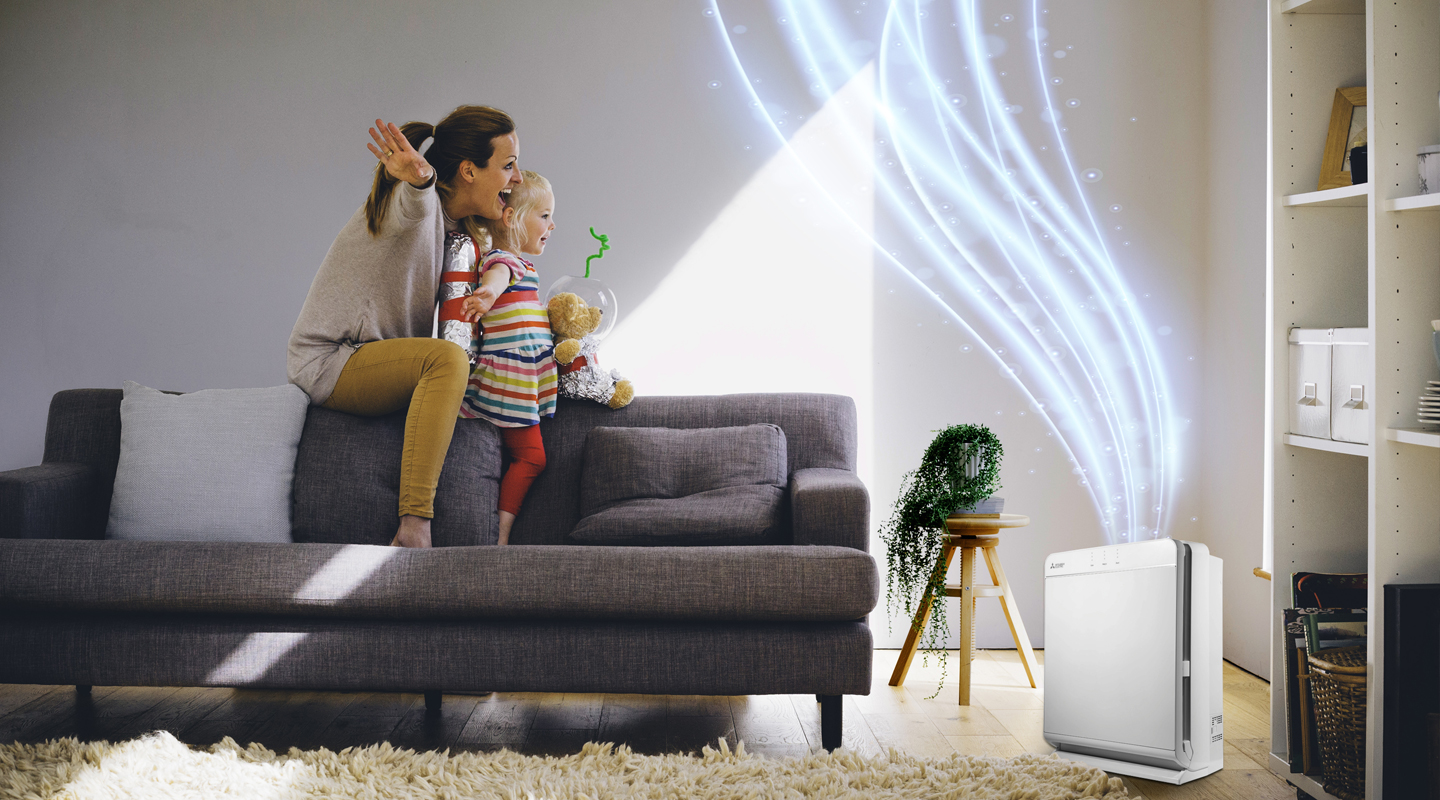
A Market Within a Market: The Humidifier Specialists
Beyond the integrated units, dedicated humidifier specialists cater to specific humidity needs. Zojirushi is the champion of simplicity, famed for its filter-less, easy-to-clean "pot-style" steam humidifiers that produce clean, sterile steam. Dainichi is the performance leader, known for high-power hybrid models that combine vaporizing and evaporative systems, offering robust performance and user-friendly maintenance features like disposable trays.
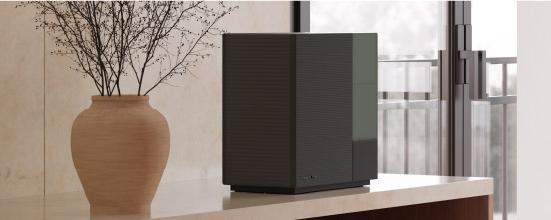
An "eco" niche also exists, featuring non-electric, artisanal humidifiers (e.g., Masuya) that prioritize aesthetics, sustainability, and gentle humidification over raw power, appealing to those who value minimalist design and natural solutions.
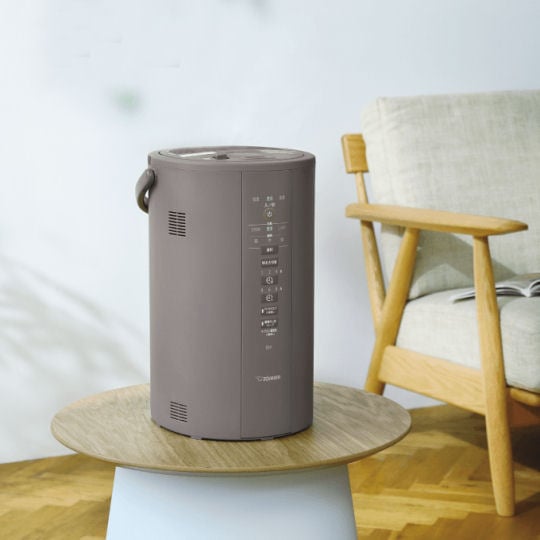
Top Air Purifier and Humidifier Manufacturer in China
هيسو إير
هيسو إير is a leading innovator in air purification and humidity control, recognized for its advanced technology and global reach. With nearly two decades of expertise, the company delivers high-performance air purifiers and humidifiers designed to meet both residential and commercial needs. HisoAir’s solutions combine medical-grade filtration with user-friendly design, ensuring cleaner air and optimal humidity levels for healthier indoor environments worldwide.
Conclusion: Finding the Right Air Solution
Japan's جهاز تنقية الهواء و جهاز ترطيب الهواء market is rich with innovation from Sharp's Plasmacluster to Daikin's Streamer and Panasonic's nanoe™ X. Each brand serves a different need, whether it's high-tech purification, minimalist design, or energy-efficient humidification. For consumers, the key is to align their specific needs whether allergy relief, humidity control, or quiet operation with a manufacturer's core strength.
For those seeking global-grade, professional solutions, هيسو إير offers advanced air purification systems trusted in commercial and residential settings alike. It's a smart choice for anyone prioritizing performance, clean design, and medical-grade filtration.

